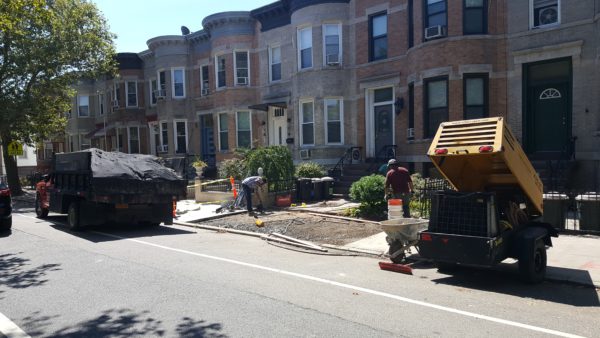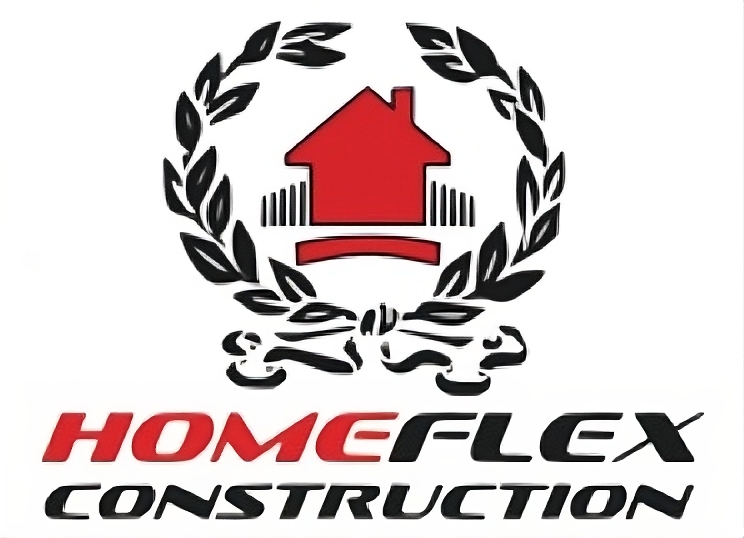
In the heart of the bustling metropolis that is New York City, a green revolution is quietly reshaping the iconic skyline. As the concrete jungle continues to expand, architects and builders are increasingly embracing sustainable construction practices to create a more environmentally friendly and resilient urban landscape. In this blog post, we’ll delve into the world of green construction in NYC, exploring innovative initiatives that are transforming the city and setting a precedent for sustainable development.
Sustainable Materials
One of the key pillars of green construction is the use of sustainable materials. In NYC, builders are increasingly turning to eco-friendly alternatives to traditional construction materials. Recycled steel, reclaimed wood, and innovative materials like bamboo are gaining popularity for their lower environmental impact. These materials not only reduce the demand for virgin resources but also contribute to the reduction of construction-related carbon emissions.
Energy-Efficient Design
With energy consumption being a significant concern in urban areas, architects in NYC are incorporating energy-efficient design principles into their projects. This includes the integration of solar panels, green roofs, and advanced insulation techniques. The city’s skyline is now dotted with buildings that generate renewable energy, reducing dependence on traditional power sources and decreasing the overall carbon footprint.
Urban Green Spaces
To combat the heat island effect and promote biodiversity, green construction in NYC emphasizes the creation of urban green spaces. Rooftop gardens, public parks, and vertical green walls are becoming increasingly common, providing a breath of fresh air amidst the concrete. These green spaces not only enhance the quality of life for residents but also contribute to improved air quality and reduced energy consumption.
Adaptive Reuse
Rather than tearing down existing structures, many developers in NYC are embracing adaptive reuse – repurposing old buildings for new uses. This sustainable approach not only preserves the city’s architectural history but also minimizes the environmental impact of construction. Historic structures are being transformed into modern, energy-efficient spaces, breathing new life into the built environment.
Waste Reduction and Recycling
Construction generates a significant amount of waste, but green construction practices in NYC aim to minimize this impact. Builders are adopting stringent waste reduction and recycling measures, ensuring that construction materials are reused or recycled whenever possible. This not only diverts waste from landfills but also reduces the demand for new raw materials, contributing to a more circular economy.
Community Engagement
Sustainable construction in NYC goes beyond the physical structures; it involves the community. Builders are actively engaging with local residents to understand their needs and concerns. This collaborative approach ensures that construction projects are not only environmentally Sustainable construction in NYC goes beyond the physical structures; it involves the community. Builders are actively engaging with local residents to understand their needs and concerns. This collaborative approach ensures that construction projects are not only environmentally
Conclusion
As New York City continues to evolve, green construction practices are playing a crucial role in shaping the future of urban development. From sustainable materials and energy-efficient design to adaptive reuse and community engagement, the city is embracing a holistic approach to building a greener and more resilient tomorrow. The concrete jungle is transforming into a beacon of sustainability, setting an example for cities around the world. In the race towards a more sustainable future, NYC is leading the way, proving that even amid towering skyscrapers, there is room for a thriving ecosystem of green construction and innovation.

